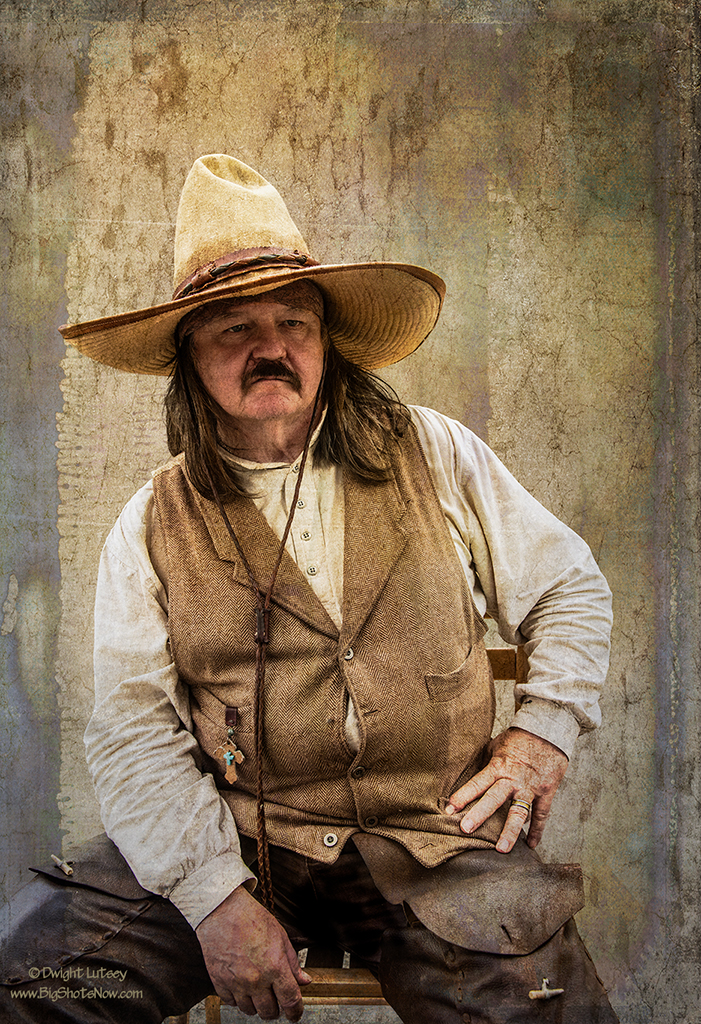
Those of you who have spent any time drifting along the dusty, hot trail that winds along the border between Texas and Mexico know the occasional small towns, actually villages, that you come across here and there. The ones so small they don’t even appear on local maps let alone your GPS.
Lost in time, little has changed since the time of the border incident, the one where Texas took the top half of Mexico and just kept it. Since there wasn’t much to do with that land after they took it has remained just like it has always been, a place unto itself, with its own rules, laws and customs. Some of these small villages are so remote and difficult to get to that even the residents don’t know how to get there.
To say it is difficult to make a living here is such an understatement it is easier to believe what is being said out of Washington no matter how outrageous or preposterous than to think a living can be made here. There’s no fake news here as there’s no news, period, none, not any. Well somebody might put up a sign about a lost goat, or a missing 57 Chevy, but that’s the extent of it. That’s what passes for news down here. They have to go fifty miles or more in any direction just to see a DIRECTV dish let alone be able to watch it..
Their village may be small and inconsequential to us but it’s their life and what goes on there is as important to them as our rules and regulations are to us. They need the structure and comfort of having someone tell them what’s acceptable and what’s not in their world, to keep them safe, give them guidance, and take the worry out of day to day living.
In one of the smallest of the small villages tucked away in the high chaparral and cactus laden cliffs that line a small spring that occasionally trickles into the Rio Grande, is the village named c To say it is unimpressive is to give it credit for having anything of interest or value to recommend it. Which it doesn’t. Its main claim to fame being that not many donkeys have fallen off the razor thin trail that leads up along the cliff to the village. Yet people live there, simply by our standards perhaps but meaningful to them. And they like all of us feel the need for some type of leadership.
In this case it is a man of some respect in the village. His father, and his before him, and his father before him stretching back way past the memory of any living resident, and simply called Jefe by the others, is the one making important decisions for the village. He decides who’s at fault in the latest knife fight, and who shall be chosen to make the irregular trek into civilization to bring back whatever is needed, and to preside over the unexpected but mandatory wedding when the priest can’t make it there in time and countless other small but significant decisions that arise. The other villagers don’t even call him leader, or boss, or mayor, he is simply Jefe. His responsibility is to the village and he takes it very seriously.

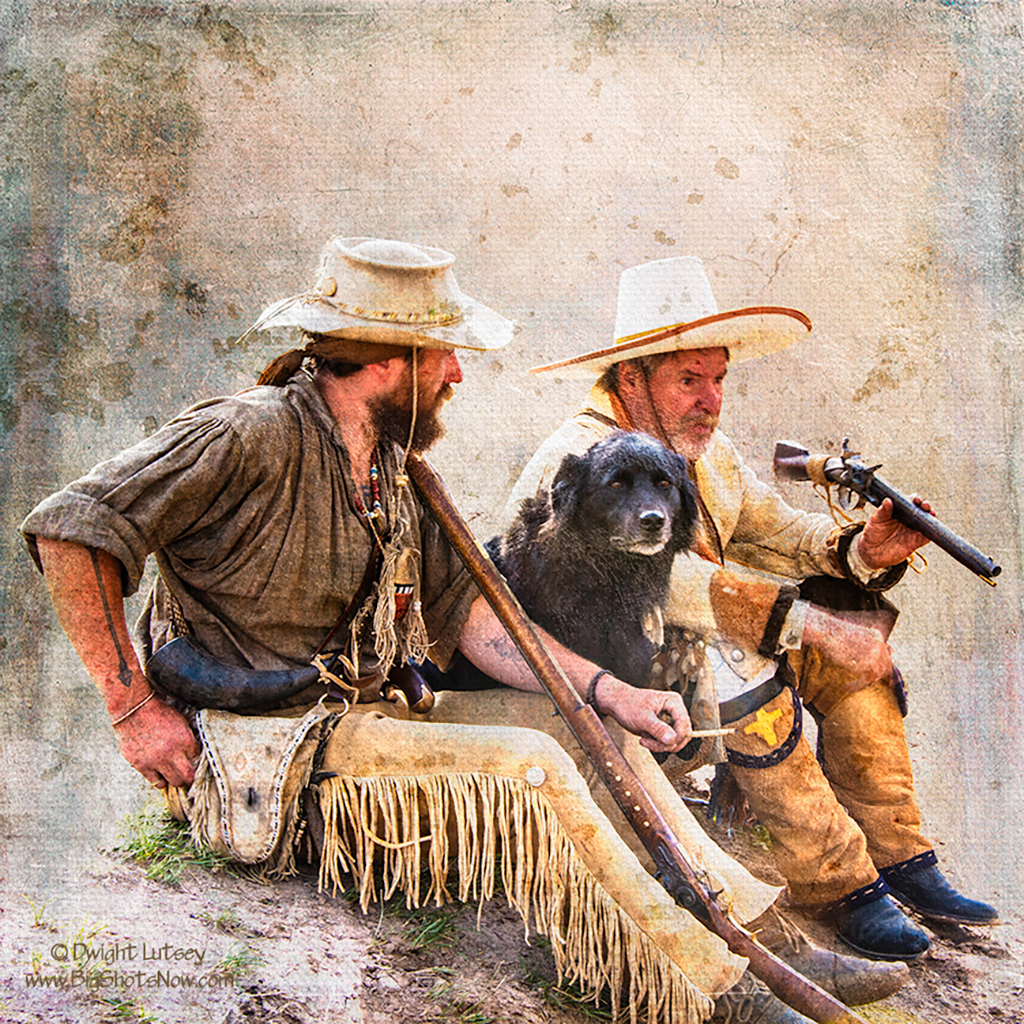
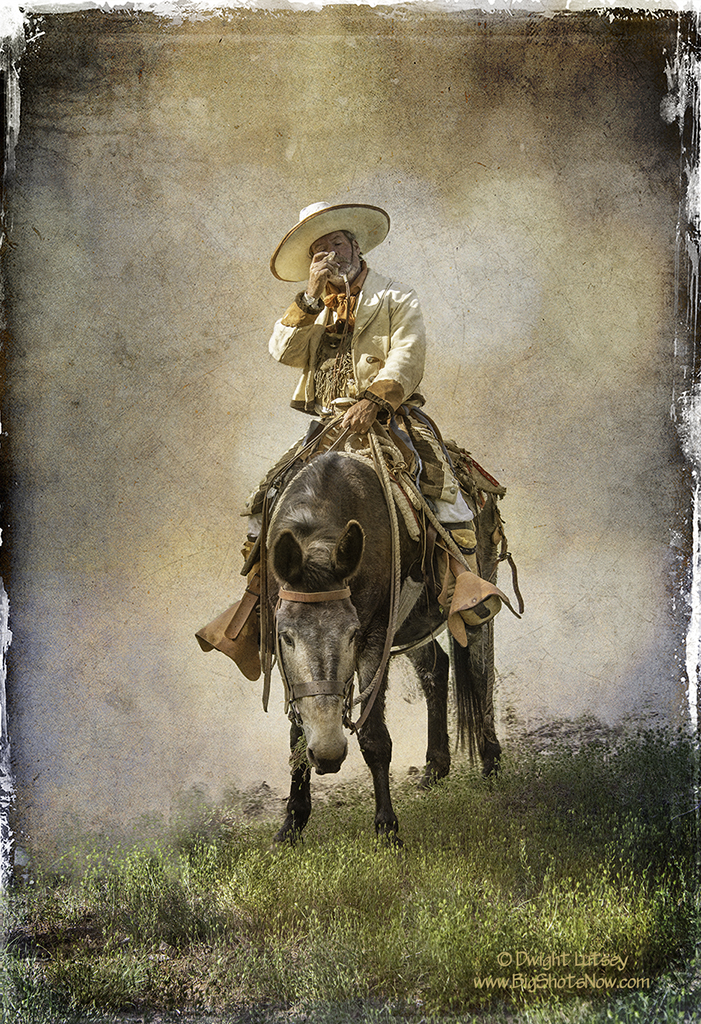
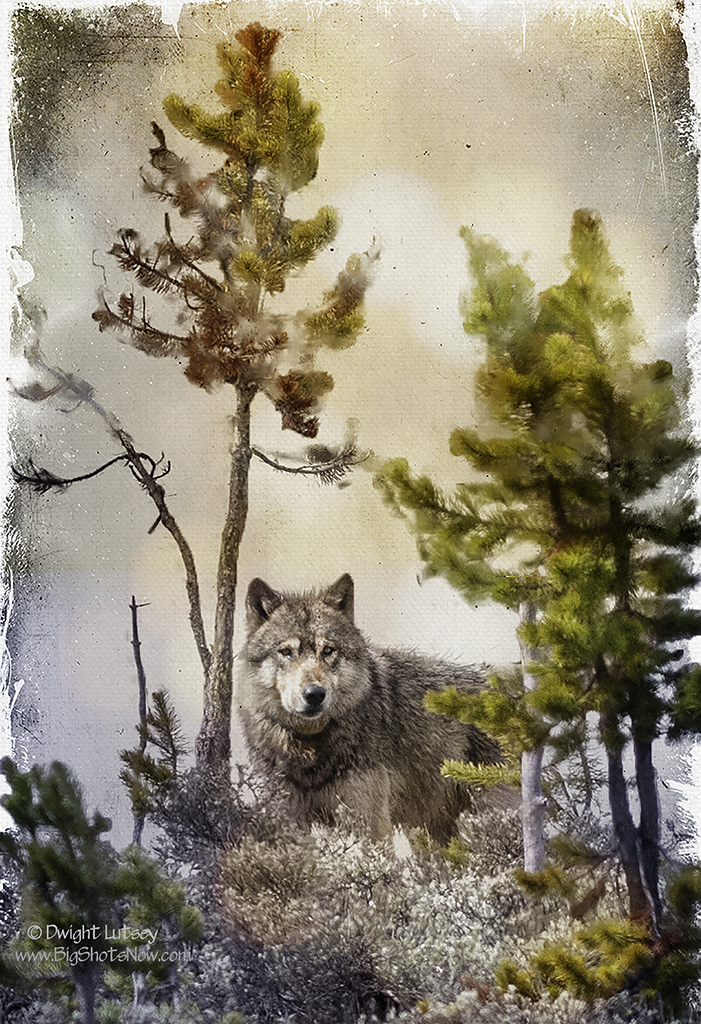
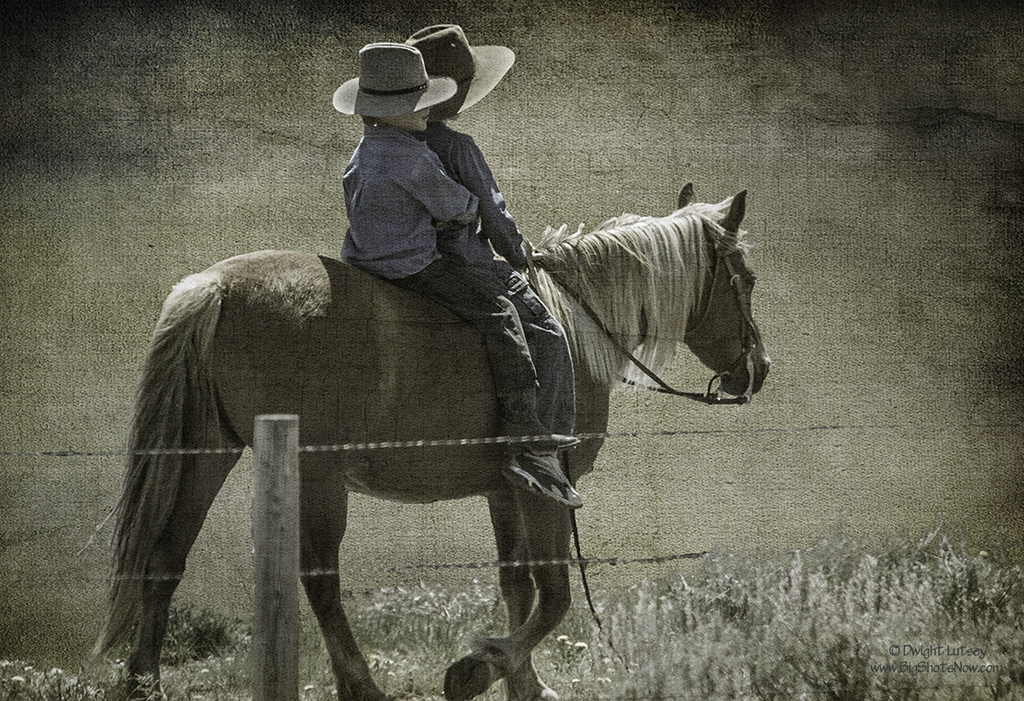
You must be logged in to post a comment.